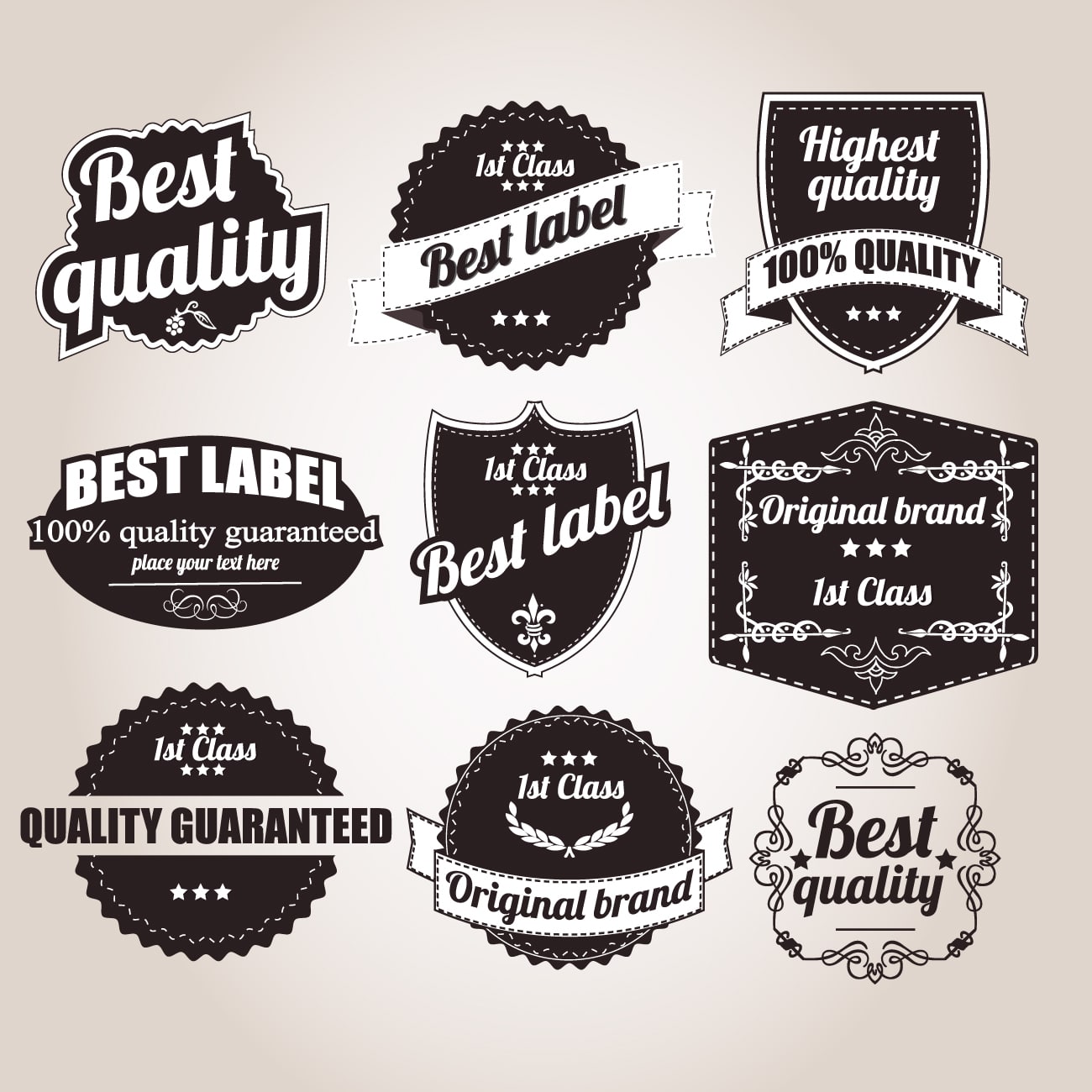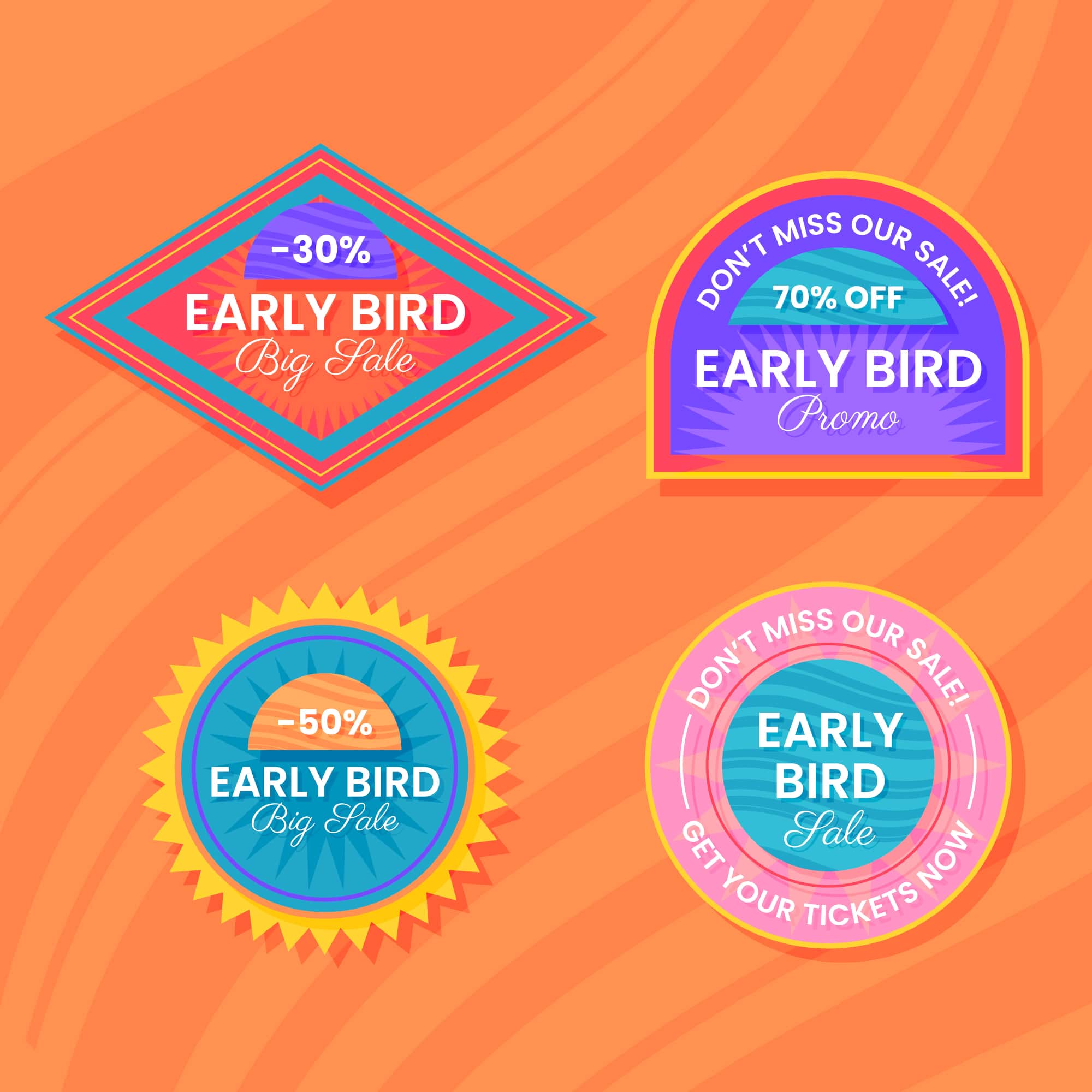In today’s crowded marketplace, product packaging must attract attention and communicate important details. Sticker label printing helps businesses create strong first impressions. It reveals a product’s identity and helps people understand what they purchase. Labels explain a brand’s stories what’s inside, who made it, and how to use it. A great label doesn’t just mark a sticker; it speaks about your company or brand.
This guide explores sticker label printing to help you pick the best styles, materials, and printing methods. Understanding these details will enhance your product’s appearance and ensure compliance with regulations. In this blog section, we will explore what makes sticker labels essential for products and packaging.

What is Sticker Label Printing?
Sticker label printing refers to the process of creating adhesive labels that can be attached to packages, bottles, jars, or other items. These labels display names, images, and details about the product inside. Businesses use sticker labels to make their products stand out and inform customers about what to expect. Printing involves selecting materials, designing the layout, and using specialised machines to produce the labels.
A well-designed label enhances the product’s appearance while providing helpful information. Sticker label printing also helps with brand recognition and builds consumer trust before the product is even opened.
Importance of Label Printing in Branding & Compliance
Labels help people remember your brand and feel confident about your products. A well-made label shows care, quality, and attention to detail. It helps your product stand out when surrounded by many others. A strong label also explains what the product is, how to use it, and what’s inside. Some labels show safety warnings or special codes to follow the rules.
When companies print labels correctly, they build trust and avoid problems. Labels work as tools that both advertise and protect your product. That’s why label printing is so essential in business.
Types of Sticker Labels
Sticker labels come in many types. Each one works best for different uses. Knowing the options helps you choose the right one for your product.
➢ Vinyl Labels
Vinyl labels handle tough conditions without falling apart. These labels fight off water and stay strong in sunlight or heat. Vinyl keeps its colours and won’t tear easily. People use vinyl for things kept outside or in rough places. These labels keep working, even when the weather changes.
➢ Paper Labels
Paper labels work well when you don’t need to worry about water. They cost less and are easy to use. The paper takes ink well, which makes pictures and words look clear. You can pick a shiny or flat finish. But paper labels don’t last long if they get wet or bent.
➢ Transparent Labels
Transparent labels look clean and blend into clear packaging. They help the product inside show through. You often see these on bottles or jars where the packaging adds to the look. They need careful printing so people can read them clearly.
➢ Foil Labels
Foil labels sparkle and feel smooth. They make products look fancy and high-end. These labels often shine in gold, silver, or bright colours. Many companies use foil labels to show their products are special or luxurious.
➢ Polyester Labels
Polyester labels stay strong even in very hard places. They don’t fade or scratch easily. These labels work well in hot or cold areas where they might meet chemicals. People often use them for machines, tools, or electronics.
➢ Removable Labels
Removable labels stick well, but don’t leave glue behind. You can take them off and even move them to another spot. These are great for short-term uses, like sales or changing prices. They make it easy to switch things around without a mess.
➢ Static Cling Labels
Static cling labels grip smooth surfaces without glue. They stick using static electricity. These labels work great on windows or mirrors. You can take them off and reuse them many times.
➢ Tamper-Evident Labels
Tamper-evident labels show if someone tries to open or remove them. They break or change when touched. These labels keep items safe and show that nobody messed with them. They are perfect for medicine, electronics, or any product that must stay secure.
➢ Holographic Labels
Holographic labels flash with colourful light and show patterns that look 3D. These labels look special and are hard to copy. Many companies use them to prove their items are authentic and not fake. Some include serial numbers or codes for checking.
Key Considerations in Designing Product Labels
When you plan a label, think about more than how it looks. A good label needs to work well from start to finish.
- Material Durability
Choose strong materials that last. Pick something tough like vinyl or polyester if your product faces water or heat. If it stays inside, the paper might be enough. The right material helps the label stay neat and valuable.
Think about the environmental exposure the product will encounter. Consider recycling options if sustainability is important.
- Adhesive Strength
Make sure the label sticks well to your package. Some glues hold tight forever. Others let you move the label without damage. Test the glue to see if it works well with your box, bottle, or container.
Check adhesion over time to ensure long-term performance. Environmental conditions like temperature and humidity can affect stickiness.
- Colour & Ink Quality
Good colour makes a label stand out. Use bright, clear ink that won’t fade or smudge. Printing with care helps words and images stay sharp. Add a top coat to protect the label from wear or spills.
Choose ink that is compatible with the label material. UV-resistant ink can help maintain appearance in sunlight.
Label Printing Technologies Explained
Picking the right printing method helps you get the best labels for your needs.
-
Digital Printing
Digital printing sends designs from a computer straight to the printer. It works well for small or medium batches. Digital lets you make each label different, with names or numbers that change. The colours come out sharp, and it prints fast.
-
Flexographic Printing
Flexographic printing uses rubber plates to press ink onto labels. This works best for large batches. It prints quickly and handles many kinds of label material. Flexographic machines can also add coatings or raised textures.
-
Thermal Transfer
Thermal transfer printing uses heat to press ink from a ribbon onto the label. It makes clear, long-lasting labels. This method resists fading and works well for barcodes or labels in factories and warehouses.

Customisation Options for Businesses
Businesses can make labels that fit their style and needs. They can pick sizes, shapes, and colours that match their brand. Some add special textures or shine. Others include barcodes or safety marks. With custom labels, companies can highlight their product’s uniqueness and make packaging look complete.
Eco-Friendly Sticker Label Printing Solutions
Many companies now choose green options for printing labels. They use recycled paper, glues that break down safely, or inks made from plants. These labels help protect nature. Choosing eco-friendly materials shows care for the planet and appeals to shoppers who want to buy responsibly.
How to Choose the Right Printing Partner
Finding the right label printing company is crucial. They ensure your product looks professional and reaches the market on time.
➢ Assess Capabilities
Ask about the company’s services. Check if they provide design assistance, material options, and printing methods. A company with a broad range of offerings can adapt to your needs and deliver superior results.
➢ Review Quality Standards
Examine their quality control processes. Ensure they use high-grade materials and conduct thorough inspections. Therefore, a well-made label should maintain consistency and comply with industry standards.
➢ Consider Turnaround Time
Timeliness is critical in product sales. Select a company that delivers orders promptly without compromising quality. They should operate efficiently while maintaining high standards.
➢ Evaluate Customer Support
Responsive customer support simplifies the printing process. Choose a company that listens, communicates clearly, and resolves issues promptly.
➢ Compare Pricing and Value
Consider the cost of the value provided. A lower price might mean sacrificing essential features. So, look for a balance between affordability, quality, and service.
Read More: How QR Code Stickers and Hologram Security Work Together to Protect Products
Cost Factors and ROI of Quality Labels
The cost of labels depends on the material they’re made of, the quantity you order, and the design. High-quality labels may cost more initially, but often lead to increased sales by making your product appear professional and trustworthy. They also prevent the need to replace or redo subpar labels later. In the long run, the return on investment makes them a worthwhile choice.
Conclusion
Overall, brand label printing helps products stand out while complying with regulations. From selecting durable materials to choosing the right adhesive and printing technique, every detail matters. Labels communicate your brand’s story, guide customers, and safeguard the product. This guide provides the tools to make informed decisions and produce effective labels. A well-designed label does more than adhere it informs, displays, and protects. If you want your product to look professional and build trust, the correct label makes all the difference. Overall, it enhances customers’ trust in your brand, and your products stand out in a competitive market with a unique identity.



